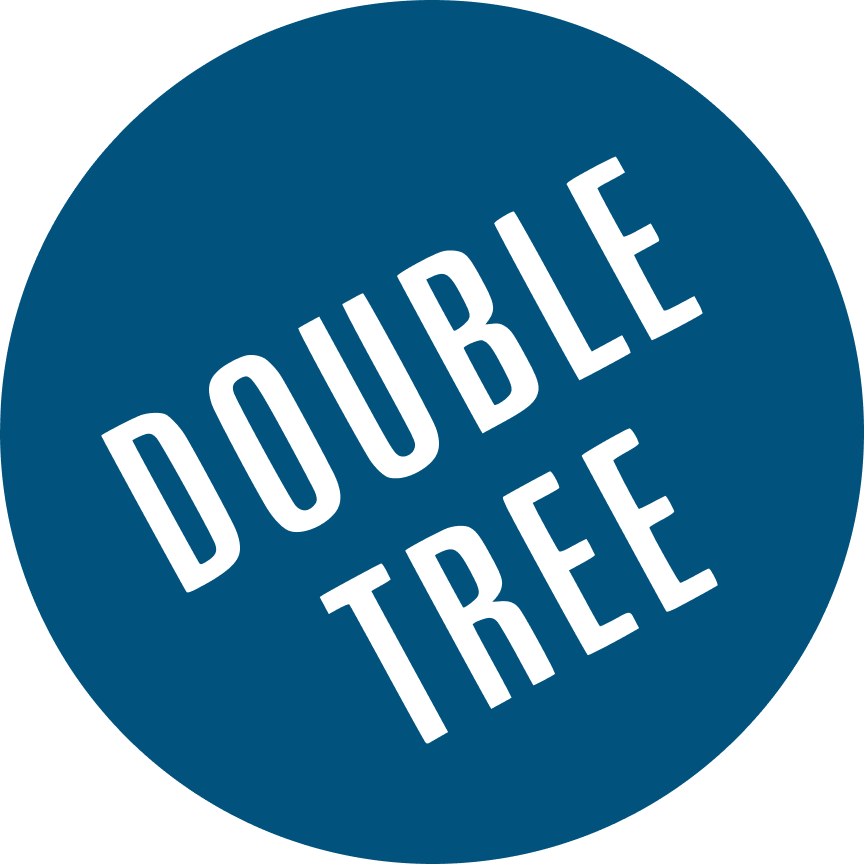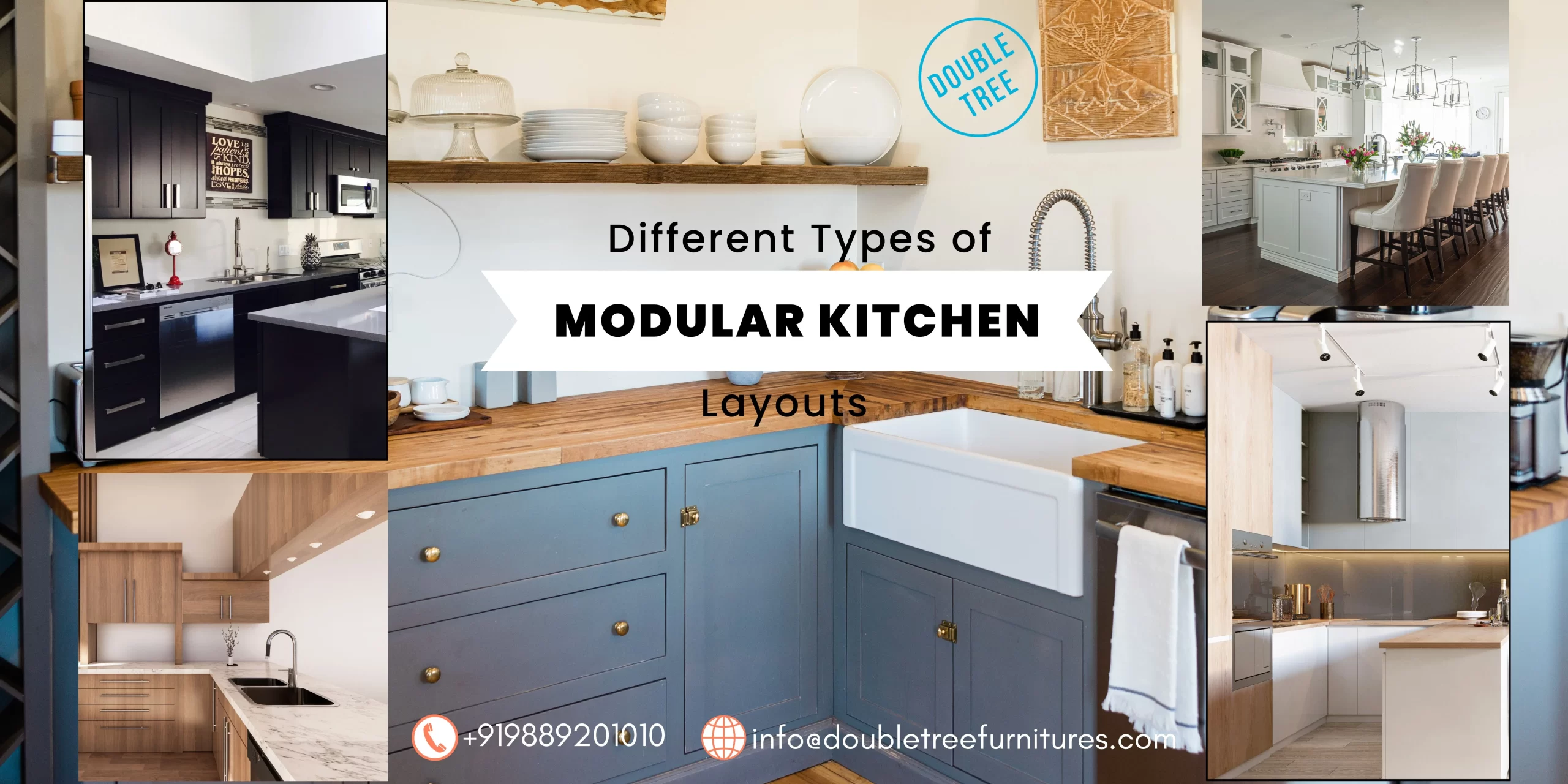When designing a modular kitchen, storage is one of the most crucial elements to consider. The debate, often framed as Open Shelving vs Closed Cabinets, has gained traction among homeowners seeking a functional yet stylish kitchen
Each option offers unique benefits and challenges, making the choice dependent on individual needs, aesthetics, and lifestyle. This guide delves into the pros, cons, and design considerations of both open shelving and closed cabinets to help you make an informed decision.
Open Shelving: A Blend of Accessibility and Style
Open shelving is a popular trend in contemporary kitchen design. It involves using exposed shelves instead of traditional cabinets, offering a modern, airy feel.
Advantages of Open Shelving
Visual Appeal
- Creates an open and spacious ambiance, especially in smaller kitchens
- Provides a platform to display attractive crockery, glassware, or decorative items
- Adds a personalized touch to your kitchen, showcasing your style and preferences
Ease of Access
- Makes it simple to grab frequently used items without opening cabinet doors
- Perfect for those who prefer a more functional workspace where everything is within reach
Cost-Effective
- Generally less expensive to install compared to closed cabinets
- Reduces material costs, especially if opting for minimalist designs
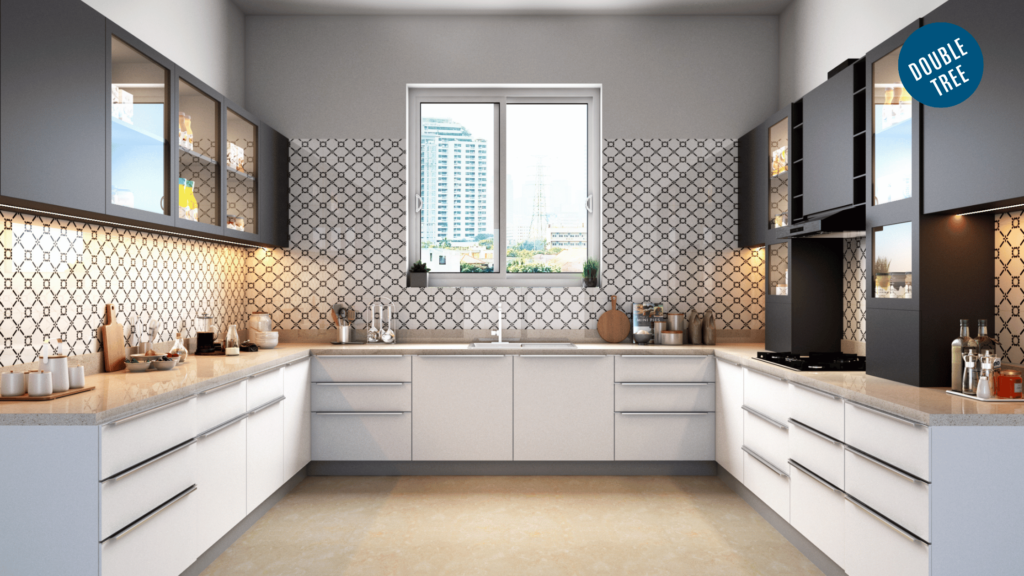
Challenges of Open Shelving
Maintenance
- Prone to collecting dust and grease, requiring frequent cleaning
- Items need to be neatly arranged to maintain a tidy appearance
Limited Storage Capacity
- Not ideal for storing bulky or unattractive items
- May lack the versatility needed for households with a wide range of kitchen tools
Durability Concerns
- Shelves must be properly installed to hold heavier items
- Certain materials may warp or sag over time if overloaded
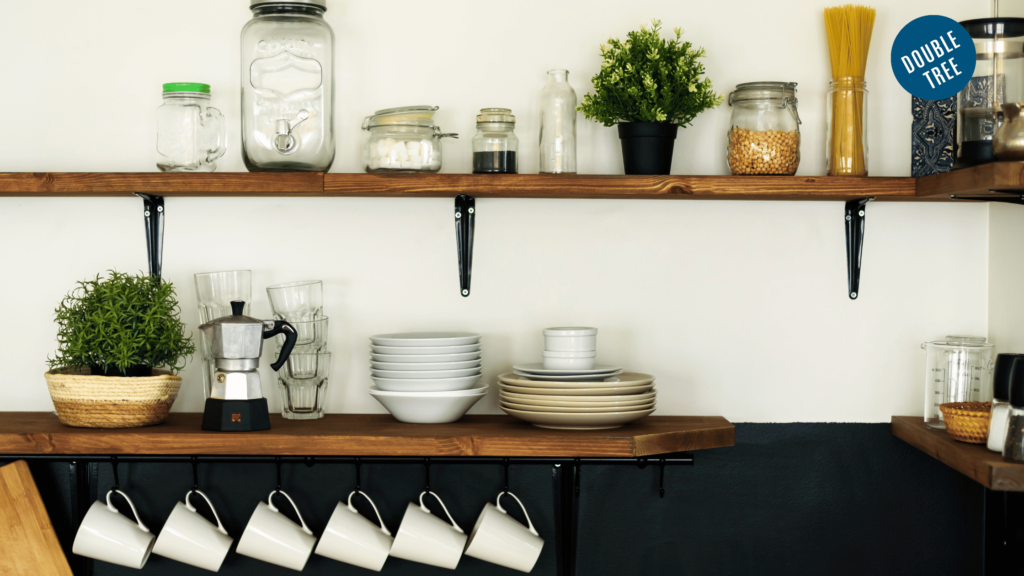
Closed Cabinets: The Traditional Choice with Timeless Appeal
Closed cabinets have been a staple in kitchens for decades, offering concealed storage for a clean and organized look. These cabinets remain a go-to solution for many homeowners.
Advantages of Closed Cabinets
Concealed Clutter
- Keeps unsightly or rarely used items out of view, maintaining a sleek appearance
- Ideal for homes where organization isn’t a strong suit
Protection
- Shields items from dust, grease, and other kitchen residues
- Ensures delicate items are safely stored behind sturdy doors
Ample Storage
- Accommodates a variety of kitchen essentials, from pots and pans to dry goods
- Provides a more robust storage solution for larger households
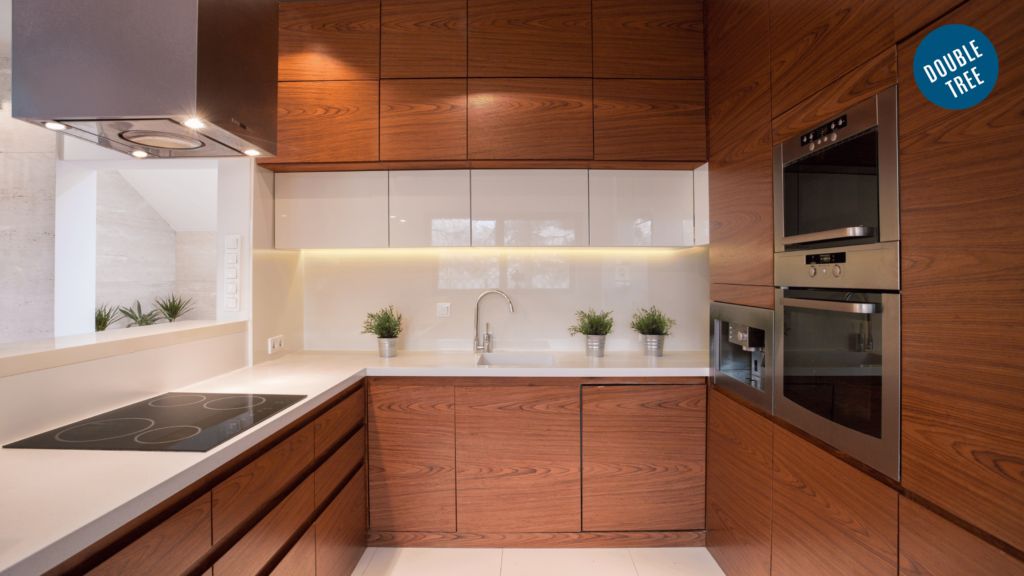
Challenges of Closed Cabinets
Bulkiness
- Can make smaller kitchens feel cramped or heavy, especially if the design lacks contrast
- May require strategic placement to avoid a visually overwhelming look
Accessibility
- Requires opening and closing doors, which can be inconvenient during busy cooking sessions
- Items stored at the back may be harder to reach without proper organization systems
Factors to Consider When Choosing Between Open Shelving and Closed Cabinets
Making the right choice depends on your kitchen layout, lifestyle, and design preferences. Here are some key factors to consider:
Kitchen Size and Layout
- Smaller kitchens often benefit from open shelving, as it creates the illusion of more space
- Larger kitchens can combine both options to balance functionality and aesthetics
Aesthetic Preference
- Open shelving complements modern, farmhouse, and industrial styles
- Closed cabinets are more versatile, suiting traditional, contemporary, and minimalist designs
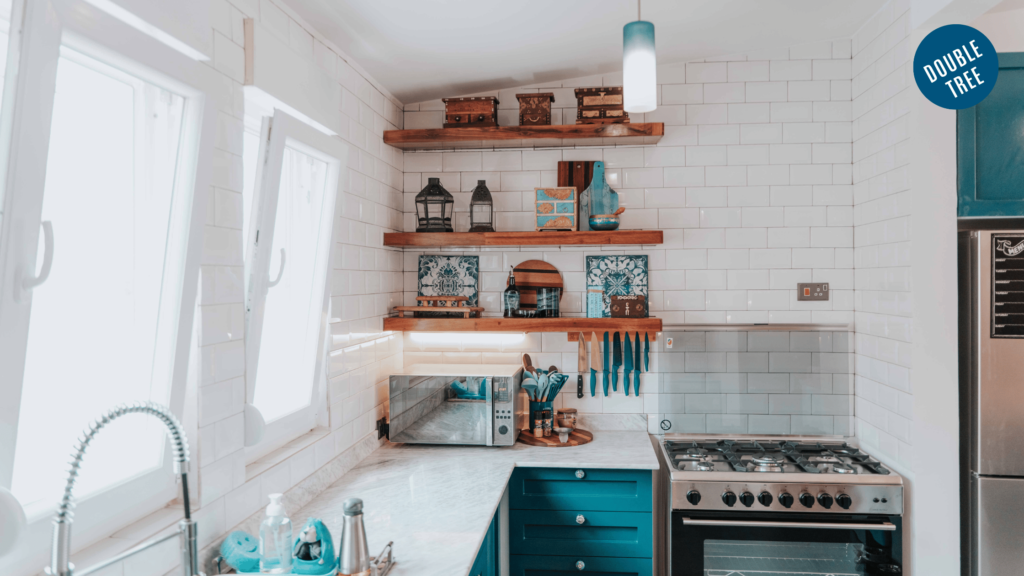
Practicality
- Families with young children might prefer closed cabinets to keep fragile or hazardous items out of reach
- Open shelving is more suitable for individuals who prioritize quick access and don’t mind regular cleaning
Budget
- Open shelving is generally more affordable but may require frequent upkeep
- Closed cabinets have a higher upfront cost but offer long-term storage solutions
Finding Balance: The Best of Both Worlds
A hybrid approach is an increasingly popular solution for those torn between the two styles. Combining open shelving and closed cabinets can provide the ideal mix of functionality and aesthetics.
Design Tips for a Balanced Look
- Use open shelves for items you use frequently, such as plates, bowls, and mugs
- Reserve closed cabinets for larger appliances, pantry items, and less visually appealing tools
- Position open shelves above the counter for easy access and closed cabinets below to store bulkier items
- Incorporate lighting to highlight open shelves, creating a visually appealing focal point
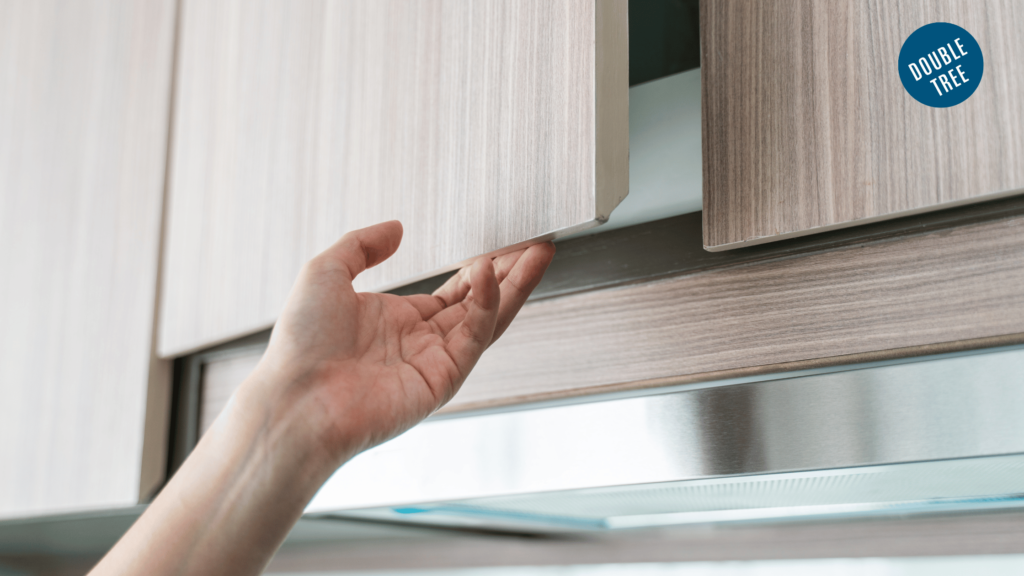
Expert Assistance with Double Tree Kitchens
Designing the perfect modular kitchen is no small task, and choosing the right storage solutions requires expert guidance. Double Tree Kitchens specializes in creating tailored kitchen designs that blend style and functionality seamlessly.
Why Choose Double Tree Kitchens?
- Custom Solutions: We design kitchens that cater to your unique storage needs and preferences
- Premium Materials: Using high-quality plywood and materials, we ensure your kitchen stands the test of time
- End-to-End Service: From initial consultation to installation, we manage every step of your kitchen remodeling journey
Our experienced team understands the intricacies of modular kitchen design and can help you strike the perfect balance between open shelving and closed cabinets.
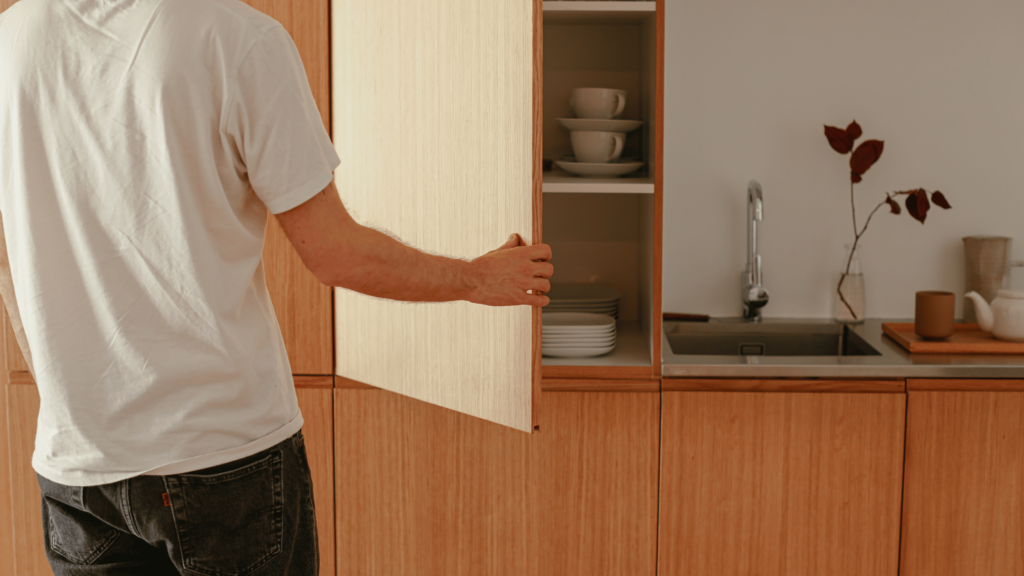
Conclusion
The choice between open shelving and closed cabinets in modular kitchens boils down to your personal preferences, kitchen layout, and lifestyle.
Both options have their strengths and limitations, making it essential to evaluate your needs before making a decision. If you’re looking for expert advice and bespoke kitchen solutions, Double Tree Kitchens is here to help.
Whether you prefer the airy charm of open shelving or the organized appeal of closed cabinets, we ensure your kitchen reflects your vision while providing practical functionality. Reach out to us today and begin your journey toward a beautifully designed modular kitchen.
FAQs
Q.1 Can open shelving work in a small kitchen?
A. Yes, open shelving can make a small kitchen appear more spacious and airy. However, it requires careful organization to avoid a cluttered look.
Q.2 Are closed cabinets more durable than open shelves?
A. Closed cabinets tend to be more robust, as they are built to store heavier items and protect them from external elements.
Q.3 What is the best material for open shelving?
A. Materials like solid wood, metal, or engineered wood are popular choices for durability and style.
Q.4 How can I combine open shelving and closed cabinets effectively?
A. Strategically place open shelves for frequently used items or decorative pieces while using closed cabinets for concealed storage. This well-rounded approach ensures a functional and aesthetically pleasing kitchen design.
